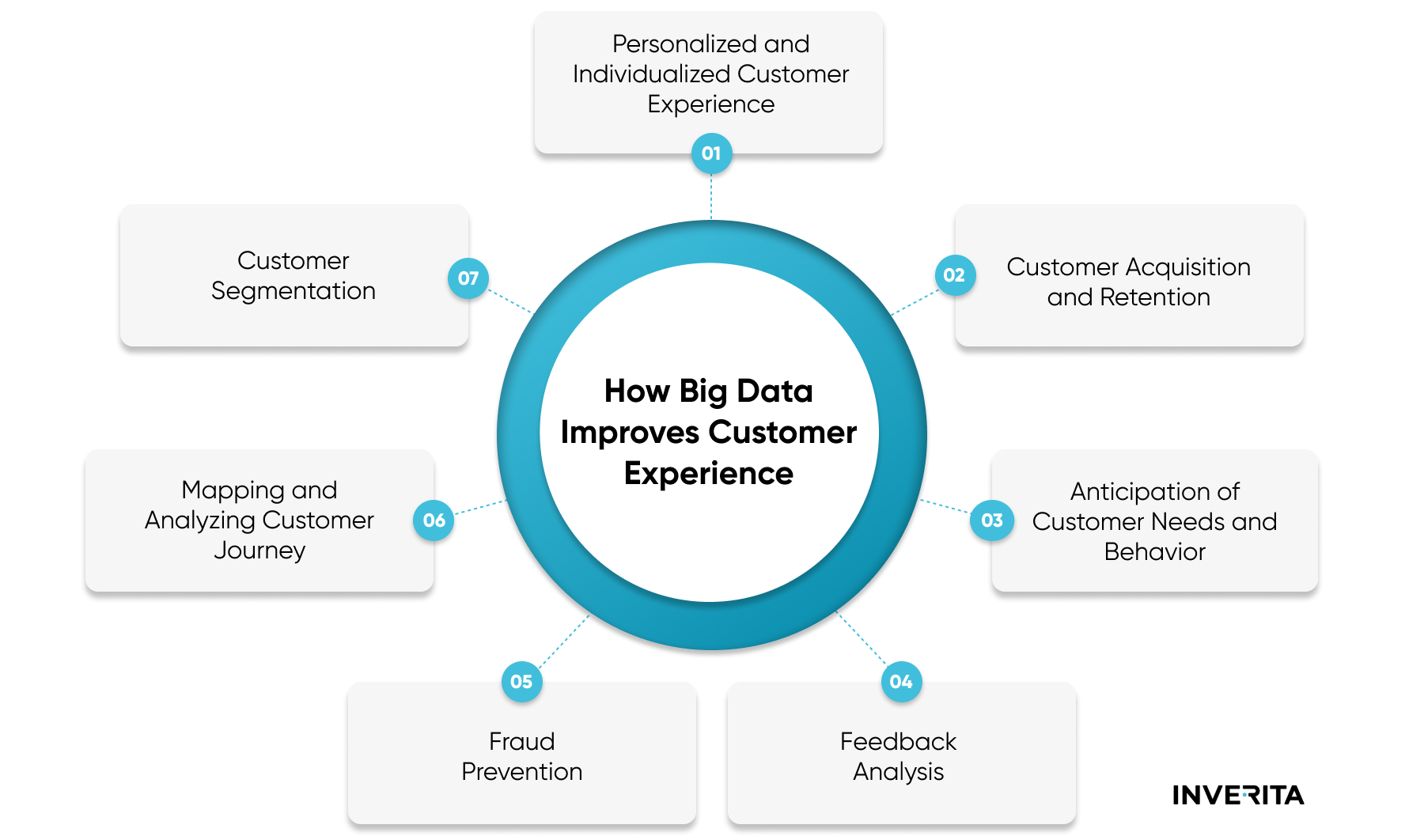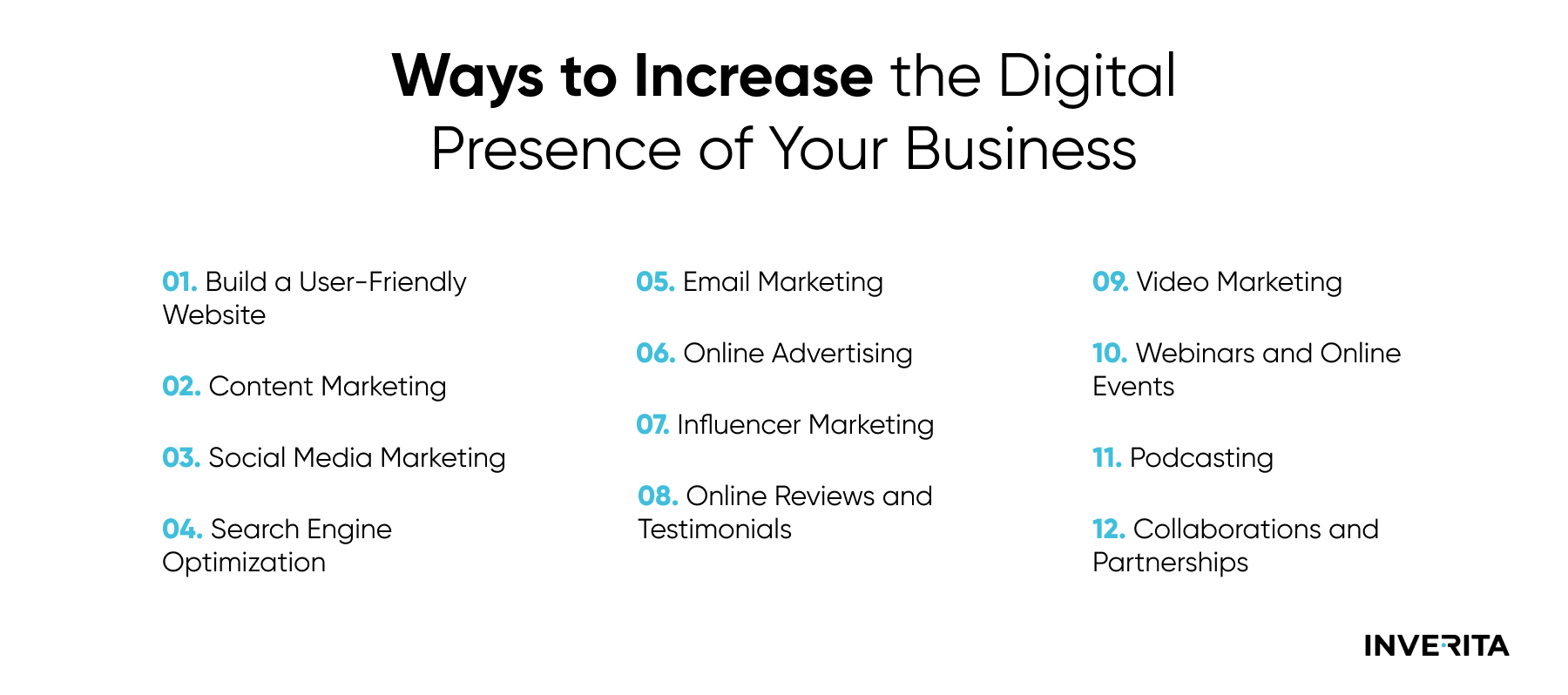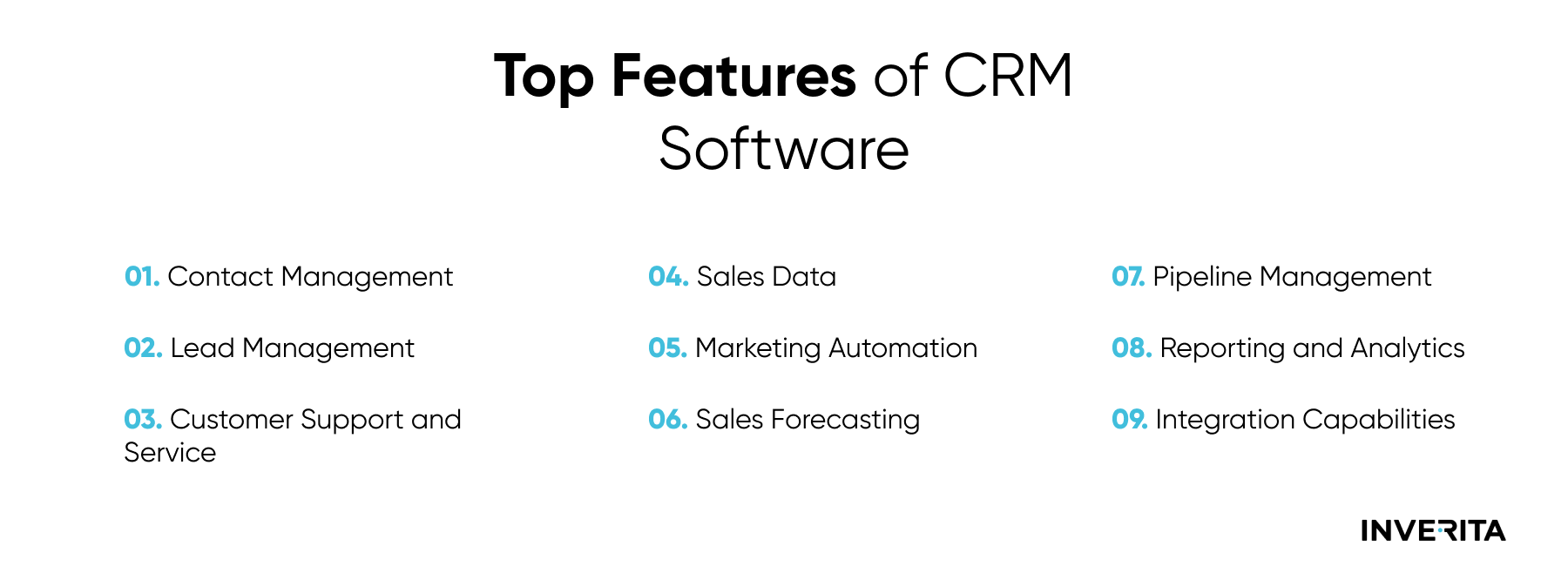Did you know that retaining an existing customer is anywhere from five to twenty-five times more cost-effective than acquiring a new one? It makes sense: getting a customer takes a lot of time, effort, and money, especially for businesses catering to a niche market.
According to studies, customers are more likely than ever to switch to competitors if dissatisfied with the company’s current services. PwC has found that 32% of all customers decide to stop shopping with a brand after just one negative experience.
Building customer loyalty is valuable: financially and reputationally. In today’s blog, we’ll share 5 ways to build customer loyalty in digital age.
Metrics of Customer Loyalty You Can Measure
Before taking a closer look at possible ways to increase customer loyalty in the digital era, let’s first check how you can measure the results of your efforts. You’ll probably agree that having the right data is important, but it adds little value if you don’t know how to read it.
- Lifetime value (LTV): loyal customers can be easily identified by checking how much they spend. Such customers tend to spend more over time, so measuring LTV is a great starting point. To calculate this metric simply multiply the average order value (AOV) by purchase frequency to get the overall customer value. Then, multiply the customer value by the average store lifetime (how long customers tend to stay with you before dropping off).
- Customer churn rate (CCR): this metric shows how many current customers your company is losing. The Higher the value of CCR is, the less loyal customers are in your portfolio. To get your CCR, count the percent of customers you have at the end of a set period, deduct the number of new customers from that, and divide this new number by how many customers there were at the start of the set time period. To get a percentage value simply multiply the outcome by 100%.
- Referral tracking: If you have a referral program in flight, where you grant your customers discounts or other benefits in case they get a friend or family member to sign up/make a purchase, you can use the referral information to determine customer loyalty. If you observe a high volume of referrals, this might be a good indicator that people talk about your business and are loyal to your brand.
5 Ways to Build and Improve Digital Customer Loyalty
The digital age has transformed the way we live and do business. We have many more opportunities and yet many more challenges, as the bar of customers’ expectations is continuously rising. So, how to obtain customer loyalty in times when loyalty is limited?
-
Efficient Usage of Data
It is difficult to underestimate the impact of all the digital tools and processes introduced over the last few decades and the volume of data those tools bring to business, which is often called big data. And if used wisely, organizations can benefit a lot from this data.
There are many applications to the data an organization can gather when building customer loyalty.
For example, data can contribute to personalized experiences. According to the survey, conducted by PwC back in 2024, more than 80% of people would like to share some personal details if that improves customer experience. Having access to this kind of information and real-time feedback, businesses can tailor the experience to customers’ needs and wants.
There are multiple ways of data gathering. Numerous digital platforms collect information about user behaviors, demographics, and preferences from websites, social media platforms, or applications to later derive some insights from this data. In addition to this, business can directly reach their customers or prospects via social media, surveys, and other means.
The obvious thing is that having the data is only part of the success, another thing is how the data is used. Nowadays more and more businesses realize the benefits they can gain with the help of data professionals – data scientists, analysts, and others – to make sense of all the information collected to date. These professionals will mine, clean, evaluate, and assess your data to take the insights that bring value. Once the initial assessment is done, they can make recommendations on how your services can be improved to meet the goal of building consumer relationships, as well as boosting your businesses in other areas.







_1764586939-small.webp)

